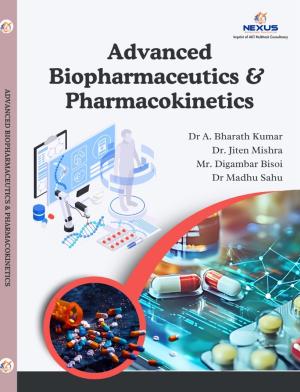TRANSPORT MODELS IN DRUG ABSORPTION
Synopsis
Transport models are essential tools in understanding and predicting drug absorption across biological membranes, particularly within the gastrointestinal (GI) tract. These models simulate the movement of drug molecules from the site of administration to systemic circulation, incorporating both passive and active transport mechanisms. The complexity of drug absorption is addressed through various modeling approaches, including compartmental models, physiologically based pharmacokinetic (PBPK) models, and computational simulations of transporter kinetics.
Key transport mechanisms include:
- Passive diffusion, governed by Fick’s law and influenced by lipophilicity, molecular size, and ionization state.
- Carrier-mediated transport, involving specific proteins such as P-glycoprotein (P-gp), organic anion transporting polypeptides (OATPs), and peptide transporters (e.g., hPEPT1).
- Active transport, modeled using Michaelis-Menten kinetics to describe saturable uptake and efflux processes.
- Paracellular and vesicular transport, contributing to the movement of hydrophilic and macromolecular drugs.
Advanced models integrate:
- Multicompartmental PBPK frameworks, representing anatomical and physiological features of the GI tract and systemic circulation.
- Computational simulations, predicting transporter-substrate interactions, drug-drug interactions, and resistance mechanisms.
- Genetic and environmental factors, such as polymorphisms and diet, which modulate transporter expression and activity.
Downloads
Pages
Published
License

This work is licensed under a Creative Commons Attribution-NonCommercial-NoDerivatives 4.0 International License.





